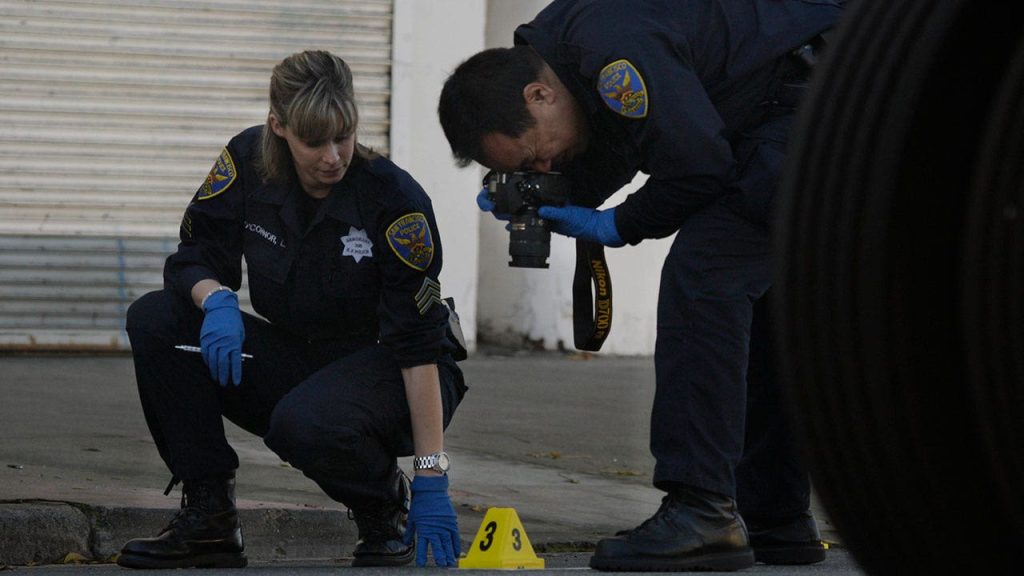Forensic science, also known as criminalistics, utilizes scientific methods to assist professionals in the criminal justice system. It incorporates various scientific disciplines such as chemistry, physics, and biology to determine what happened at a crime scene, whether it be a homicide, sexual assault, or robbery. The process involves thorough documentation of the crime scene, collection of physical evidence, victimology studies, and laboratory analysis of the evidence. Criminal profiling, which involves studying the victim to gain insight into the perpetrator’s behavior, is also a crucial component of forensic science.
During criminal investigations, following the correct order of operation is essential to preserve potential evidence. Investigators must make decisions about the sequence of actions at the crime scene to avoid disturbing or ruining clues. This is particularly important in the lab where some tests can destroy crucial evidence on items. By conducting non-destructive tests early in the process, investigators can build a more complete picture of the crime. Forensic science provides objective data that helps investigators develop hypotheses about what occurred at the scene, as initial appearances can sometimes be misleading.
Forensic science plays a key role in connecting suspects to crime scenes or victims. By establishing associations between individuals suspected of crimes and the evidence collected, investigators can effectively narrow down suspects. This type of analysis helps investigators focus their efforts and resources towards solving cases efficiently. For example, in the Idaho college murder case, forensic evidence, such as DNA matching on a knife sheaf, allowed investigators to identify and locate the prime suspect. This case demonstrates how forensic information can streamline investigations and provide compelling evidence in court.
One notable aspect of forensic science is the time it takes to obtain results. Unlike the quick analyses often depicted in fiction, real-life forensic analysis can take days or even weeks. A prime example is the case of Gary Leon Ridgway, also known as the “Green River Killer”, who committed multiple murders over several decades. It took more than a decade to link a saliva sample collected in 1987 to DNA evidence from his victims. Advances in DNA profiling technology played a crucial role in his eventual conviction. Forensic science emphasizes the importance of patience and meticulous analysis in solving complex cases.
Mary Ellen O’Toole, Ph.D., a forensic science expert and former FBI agent, underscores the significance of victimology in understanding the behavior of perpetrators. By asking key questions about why a victim was targeted and the level of risk involved, investigators can gain valuable insights. The ability to form opinions based on victim analysis helps investigators make informed decisions during criminal investigations. Peter Valentin, Ph.D., highlights the importance of conducting forensic tests in the correct sequence to prevent the destruction of vital evidence. By connecting people, objects, and places, forensic science enables investigators to establish strong links between suspects and crime scenes, aiding in the pursuit of justice.


